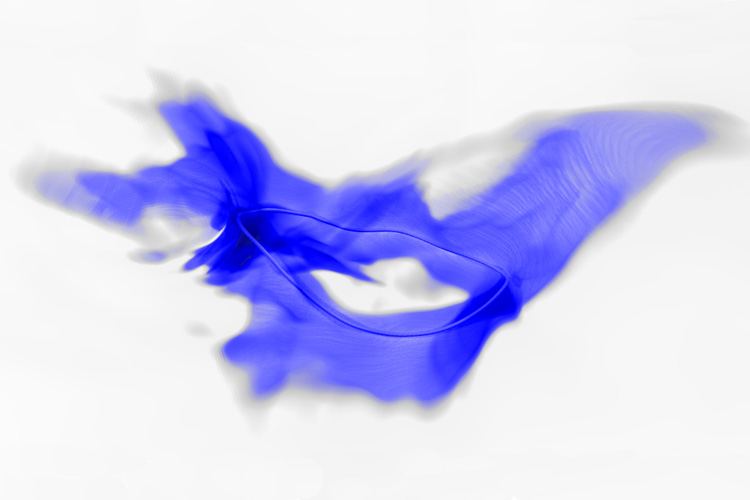Come si fa a pesare una particella di cui non si conosce l’esistenza?
La cosiddetta materia oscura costituisce l'85% del contenuto di massa dell'universo. I ricercatori lo chiamano "oscuro" perché non si nota nulla di esso - tranne la sua gravità. Tuttavia, questo può essere rilevato abbastanza bene. Senza la materia oscura, le galassie si muoverebbero diversamente da come dimostrano, e l'universo avrebbe una struttura diversa. Quindi i fisici hanno bisogno della materia oscura per spiegare il cosmo. Peccato che non sappiano ancora di cosa è fatto. Ci sono dei candidati: MACHOs (massicci oggetti compatti ad alone), WIMPs (particelle massive debolmente interagenti) e persino buchi neri invisibili dei primi giorni dell'universo. Ma finora,…
